Professor Anskar YH Leung
Dr Danny Chan
Stem cells form the basic building progenitors for all types of cell types which constitute the many different tissues in the body. Because stem cells have a capacity to generate a multitude of different cell types, they have great potential to repair or replace tissues and organs damaged by chronic disease or injury. The identification, manipulation and harnessing of stem cells and progenitor cells for regeneration and repair is a current frontier in regenerative medicine. The CRDG programme on Stem Cells and Regenerative Medicine has two intimately linked arms in which investigators engaged in basic discovery research on stem cell biology will be constantly interacting with investigators engaged in translational research in developing therapeutic approaches. The programme is also linked with the University’s Strategic Research Theme (SRT) of “Development and Reproduction” and the emerging SRT on “Stem Cells & Regenerative Medicine”. The CRDG endeavours, through mulitidisciplinary effort within the centre and collaborations with other centres, are currently focusing on relevance to human conditions affecting blood, skeletal, skin and neural systems.
CRDG members are studying human and non-human stem cells, focusing on answering important questions about the biology and determination of stem and progenitor cells such as neural crest stem cells, neural progenitors, haematopoetic stem cells, osteochondro progenitors, endometrial stem cells, epithelial stem cells, skin-derived precursors (Skps) and their differentiation capabilities. Members are collaborating on many fronts: understanding the interactions between stem cells and biomaterials and the extracellular matrix so as to study how stem cells are maintained and sense and respond to their physical and mechanical environment; epigenetic factors influencing stem cell decline associated with Aging; stem cells in endometriotic tissues and in normal endometrium; reprogramming and cell plasticity of chondrocyte progenitors; adult neural stem cells of the spinal cord, epigenetic controls in leukaemia stem cells. Extensive use is made of animal models, mouse, chick and zebrafish in these projects. The research efforts aim towards the development of cell therapies and applications for repair of neural tissues, skin, and intervertebral discs of the spine.
Current projects under the subtheme are:
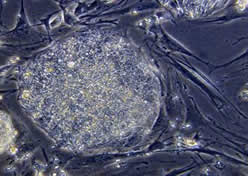 Stem Cell Research In Skeletal Tissues
Stem Cell Research In Skeletal Tissues
- Reprogramming and transdifferentiation of chondrocytes and their progenitors (Prof K CHEAH, Dr D. CHAN, Dr M CHEUNG)
Stem Cell Research In Skin
- Epithelial stem cells in skin regeneration and wound repair (Prof P,TAM Dr KKY WONG, Dr VCH LUI, Dr PY LEE)
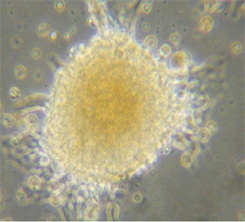 Stem Cell Research In Neural Tissues
Stem Cell Research In Neural Tissues
- Neural crest stem cells in neural regeneration (Prof TAM KH, Dr LUI VCH, Dr Ngan SW)
- Neural stem cells from adult spinal cord for regeneration of spinal motor neurons and transplantationin neurological disorders (Dr MH SHAM, Dr W WU)
- BMP-4 regulation of neural progenitor cell differentiation in vitro (Dr HK. YIP)
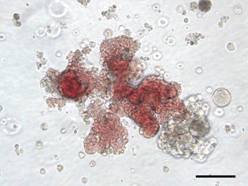 Stem Cell research in Blood (Haematopoietic System)
Stem Cell research in Blood (Haematopoietic System)
- Hematopoietic stem cells: embryonic hematopoiesis and leukemogenesis in human blood cancers(Dr AY LEUNG)
- Epigenetic regulation in leukaemia stem cells (Dr NG Ray, Prof CHAN LC)
Stem cell research in Reproduction
(Prof PC Ho, Prof. W.S.B. YEUNG, Dr. CKF LEE)
- Endometrial stem cells
- Hematopoietic stem cells from children with beta-thalassemia
Stem Cell research in Aging
- iPS reprogramming, epigenetics, stem cells and Aging (Dr. Z. ZHOU)
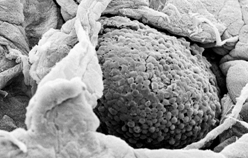 |
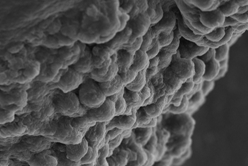 |
Stem cells engineering
(Dr. BP CHAN, Dr D CHAN, Prof K CHEAH, Prof. K CHEUNG, Dr ZF YANG)
- 3D culture system for embryonic stem cells expansion and chondrogenic differentiation
- Interactions between different biomaterials and mesenchymal stem cells and their effects on stem cell migratory activities and engraftment efficiency
- Sensing of and responding to the physical and mechanical microenvironment by stem cells and their effects on stem cell fate
